What are the implications of increased public information in the market for risk-seeking participants? Researchers and policymakers alike are grappling with this question following the influx of speculative capital flows from individual investors into financial markets. As platforms such as Robinhood take root, the impact of gambling behaviour is likely to increase and further affect the functioning of markets. This topic is also a key policy issue in light of the Securities and Exchange Commission's (SEC) plan to review new policies aimed at increasing transparency to address market concerns such as the insane trading of "meme" stocks such as GameStop and AMC.
In a new study, we examine the impact of increased information on capital flows and market efficiency in an environment where market participants have revealed a preference for gambling. The theory highlights at least several possibilities.
One class of theoretical models argues that risk averse individuals demand a risk premium in order to own assets that are not transparent. Of course, this argument is incorrect for risk-averse participants. So, this reasoning suggests that more information will lead to capital outflows from the markets.
The second argument is that an increase in public information can lead to a better allocation of resources, even for players. More information may help participants choose risky investments with a level of speculation that is interesting to players. Thus, asset classes with more information may receive more speculative capital flows.
The third alternative comes from behavioural economics. People deviate from standard utility theory by making choices under uncertainty because of cognitive errors and misconceptions about probabilities. In this context, they may exhibit an illusion of control. Even in random situations, agents often mistakenly believe that they can control the outcome - a canonical example is Casinia (Casinia bonus hier). A fundamental issue relevant to the transparency debate is that information itself can exacerbate this false sense of control. For example, publicly available information and related tools that supposedly help the decision-making process can reinforce players' perceived control, persuading them to bet even more (and more recklessly).

For our empirical approach, we turn to the thoroughbred horse racing betting market and use laboratory-like conditions. We focus on how race betting changed around April 1992, when Beyer's ("Beyer") speed data became available for track racing in North America as part of the Daily Racing Form (DRF), the main provider of handicap information for time bettors. Beyer is a popular numerical measure of a racehorse's speed, based on past performances in races, designed to make it easier to compare horses' abilities. The Beyer index is thus representative of a wealth of information in the financial markets - it is a composite performance indicator that enhances comparability, similar to similar measures imposed by financial disclosure rules, such as prior period earnings, credit ratings etc.
As a textbook model of contingent markets, bounce rates have been used as a way of testing theories of information aggregation, market efficiency and other topics in economics and finance. Both securities markets and race rates are decision-making processes under risk or uncertainty and share common characteristics such as extensive market knowledge. Compared to stock markets, betting on horse racing offers several distinct advantages in determining investor influences on gambling preferences, which we discuss in detail in our study. The main advantage is that the horse racing betting market clearly represents gambling, which allows us to directly examine the impact of information on participants who are relatively risk averse.
Our empirical approach uses a 'difference-in-differences' scheme to examine the impact of the introduction of the Beyer system on overall capital flows at race level - in particular on the overall parimutuel betting pool for each race. The results show that betting flows increase in races for which Beyer could be calculated for most of the horses involved, compared to races for which he could not. In other words, capital flows follow transparency, even when market participants are highly risk averse. The magnitude of the effect is reasonable, given that it includes compensating forces and is similar in magnitude to the effect of key control variables such as the number of horses participating in the race.
Overall, the main finding of this study contradicts typical interpretations of the evidence that capital follows transparency. The exact mechanisms underlying this effect are not observed, so further research is needed. However, we find evidence for two tests that are more consistent with the illusion of control than the alternative. First, we show that the effect is larger in conditions where participants are more likely to use information as the basis for exercising control (rather than viewing participation as a gamble based on chance). Second, we investigate how the implementation of Beyer affects the efficiency of the betting market. Reducing false representations suggests increased efficiency following a change in the disclosure regime. On the other hand, if a psychological mechanism such as the illusion of control or the private benefits of information consumption underlies the results, the move to a more transparent race will not necessarily be accompanied by any change in efficiency. We find no substantial evidence that the introduction of Beyer is associated with a significant change in market efficiency based on either of the two related indicators.
Ultimately, our research suggests that regulators and academics adopt a more complete understanding of the mechanisms by which transparency affects capital flows. Take, for example, the fact that casinos have long recognised that skill cues beckon players - at least that is what the array of information on the fluorescent display around the roulette tables and slot machines suggests. If public information breeds gambling in Las Vegas, then the same is probably true of the hordes of risk-seeking investors now playing the US financial markets.

